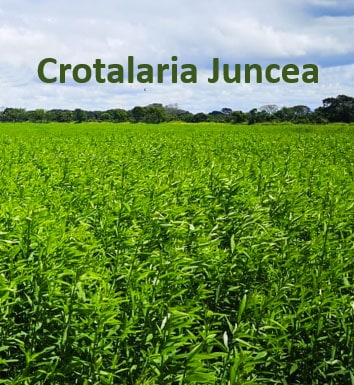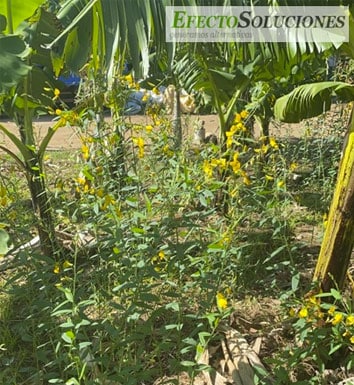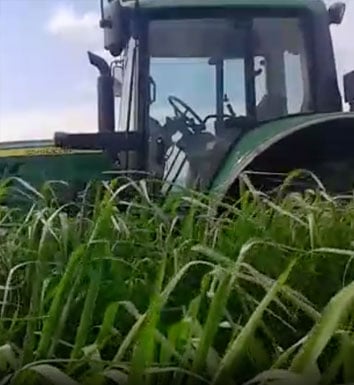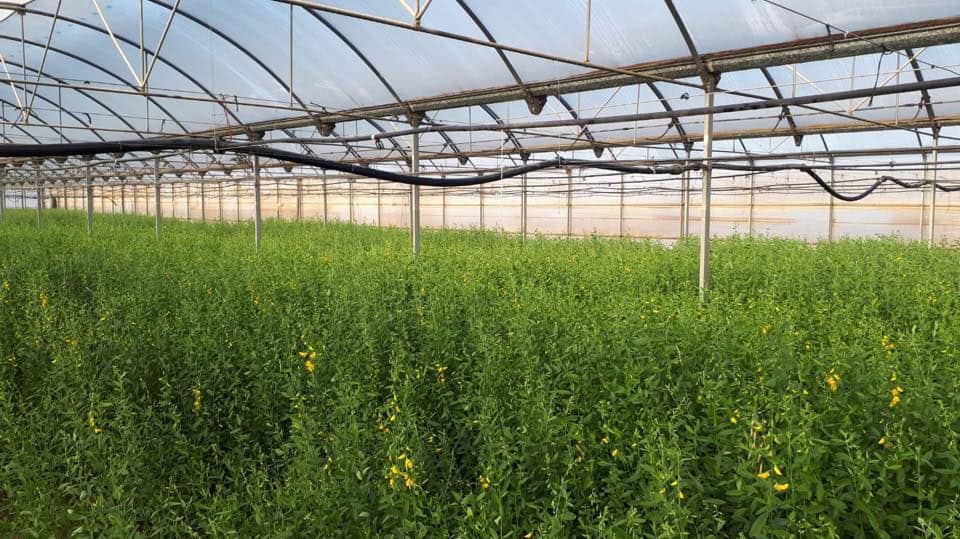Nowadays, on a daily basis, we hear different economic terminologies such as inflation, emerging, surplus, etc., all of which have one function: to adjectivise the current global economic situation.
But all of this sounds far away, but we can still feel it in our daily lives due to the excessive increases in basic elements of daily life such as electricity, gas, fuel and, of course, foodstuffs dependent on the primary sector.
An indispensable element for the production of quality fruit and vegetables is nitrogen, and we all wonder: nitrogen? Yes, it is the most widespread chemical element in agriculture, and the most important in an agricultural system.
Here are the details.
What is nitrogen?
Nitrogen is a chemical element identified by the letter N. It is a colourless, odourless gas and plays a major role in plant growth. Nitrogen (N) is an essential element and, together with phosphorus (P) and potassium (K), it is the most abundant element in the soil.
are the three most important macronutrients (NPK) in plant nutrition.
In what form is nitrogen found?
Nitrogen is found in three forms depending on its availability to plants:
- Nitric nitrogen: quickly and directly absorbed by the plant, however, it must be taken into account that due to its fast absorption it is also very washable and loses its action very quickly.
- Ammoniacal nitrogen: in order to be absorbed by plants, it has to undergo a transformation process, called nitrification, and at the end of this process, nitric nitrogen is assimilated by plants. To be taken into account
is the durability of this form in the soil, but at the same time it can suffer volatilisation losses. - Urea nitrogen: more commonly known as urea, in this form, in order to be absorbed by plants, it needs the transformation of the two periods described above, but as it has such a slow action, its effectiveness can be reduced by 50 %. Perhaps in this last case, as the most commercially known fertiliser, is where we have noticed the increases referred to, currently reaching more than 900 €/tn, with records as recently as last season at 240 €/tn.
What other ways can I apply nitrogen to my crops?
We are living through a time of change in our agriculture, whether it is due to various laws that are becoming more and more stringent or to more exemplary measurement of production costs.
Traditional farming practices are making a comeback, which in turn makes for a more sustainable environment, such as crop rotation with legumes, whether they are winter legumes like our Villosa Orium vetch seed, or spring-summer legumes like our Crotalaria Juncea Crescent sunn-seed.
The main characteristic of a legume is that of nitrogen fixation in the soil, and with Crescent Sunn Crotalaria juncea we can reach up to 240 units, which on the market would be worth more than 260 euros, or for example, to apply those 240 units, we would have to provide our land with 5. 200 kg of urea at 46%, but if in addition to the contribution of N, we combat nematodes from different families and provide organic vegetable matter to our soils, it is a more than profitable crop not only for biological or ecological agriculture but also for traditional agriculture, which is gradually turning towards sustainable production.





